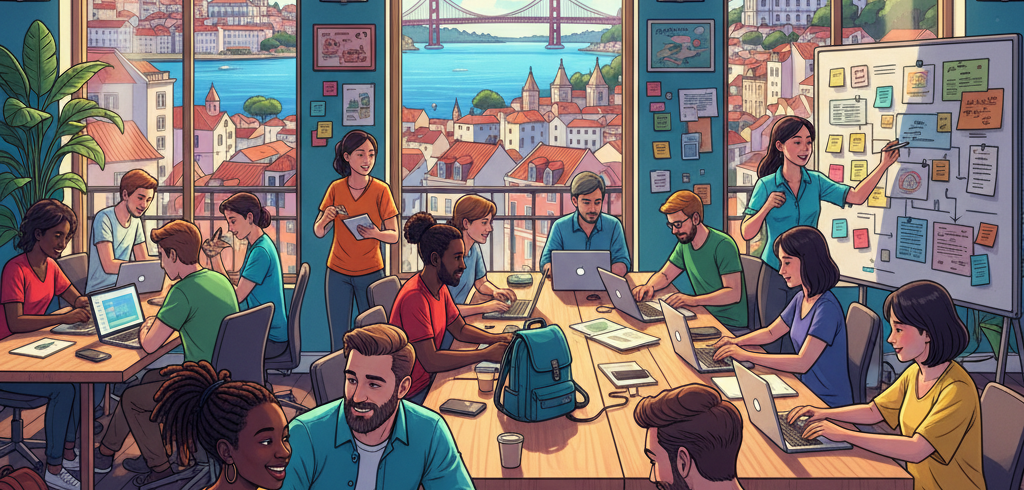In an increasingly interconnected world, digital nomadism has emerged as a transformative lifestyle, blending technology, travel, and remote work. This phenomenon allows individuals to live and work from anywhere with a stable internet connection, challenging traditional notions of home, career, and cultural immersion. As we navigate post-pandemic realities in 2025, digital nomads are reshaping economies, societies, and personal worldviews, offering a fresh perspective on freedom and flexibility in a globalized era.

Origins and Evolution of Digital Nomadism
The concept of digital nomadism gained traction in the early 2000s with the advent of affordable laptops, cloud computing, and high-speed internet. Pioneered by tech-savvy freelancers and entrepreneurs, it exploded during the COVID-19 pandemic, when remote work became the norm for millions. Today, platforms like Upwork, Fiverr, and Remote.co facilitate gigs in fields from software development to content creation, enabling nomads to sustain themselves while exploring the world.
Historically, this lifestyle echoes ancient wanderers like merchants on the Silk Road, but with a modern twist: visas tailored for nomads in countries like Estonia, Portugal, and Thailand. These “digital nomad visas” reflect a shifting worldview where borders are less barriers and more gateways, fostering economic influx while addressing talent shortages.
Global Impacts and Cultural Exchanges
From a worldview standpoint, digital nomadism promotes cultural empathy and adaptability. Nomads often immerse in local communities, learning languages, cuisines, and customs—think coding in a Bali co-working space or writing blogs from a Mexican pueblo. This exchange enriches personal growth but also influences host nations: tourism booms in places like Chiang Mai or Lisbon, boosting local businesses while raising concerns about gentrification and rising living costs.
Economically, it’s a double-edged sword. Developing countries benefit from foreign spending, yet it can exacerbate inequalities. In contrast, nomads from high-cost cities like San Francisco gain affordability, broadening their perspectives on work-life balance and sustainability. Environmentally, the jet-setting lifestyle contributes to carbon footprints, prompting a subculture of “slow nomads” who prioritize eco-friendly travel.

Challenges and Future Outlook
Despite its allure, digital nomadism isn’t without hurdles. Time zone differences, unreliable Wi-Fi, and visa complexities test resilience, while isolation can lead to burnout. Mental health advocates emphasize building routines and communities, like through apps such as Nomad List or Meetup.
Looking ahead, as AI and VR advance, virtual nomadism might emerge—working in metaverses without physical relocation. This could democratize the lifestyle, but it raises questions about authenticity in cultural experiences. Ultimately, digital nomadism embodies a worldview of boundless possibilities, urging us to rethink success beyond office cubicles and national confines.
Whether you’re contemplating a nomadic leap or simply curious, this trend highlights humanity’s adaptability in an ever-shrinking world.
